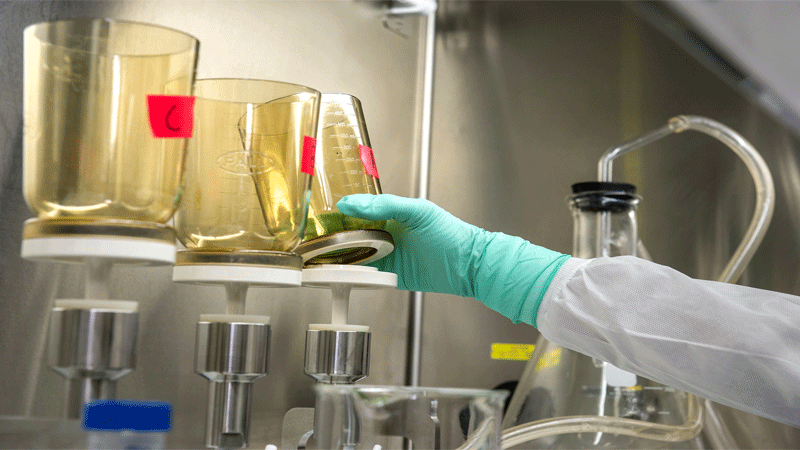A method has been developed by researchers to get rid of “forever chemicals,” which typically take hundreds or thousands of years to decompose.

A method has been developed by researchers to get rid of “forever chemicals,” which typically take hundreds or thousands of years to decompose. These dangerous substances can be consumed by people through drinking water and are present in many commonplace applications.
The EU and nations like the US are planning legislation to limit their use in the future. How long do harmful “forever chemicals” take to decompose? It’s a trick question because, contrary to what their moniker implies, they don’t degrade for hundreds or perhaps even thousands of years.
However, University of British Columbia (UBC) researchers have created a new water treatment that filters and permanently eliminates dangerous chemicals, or per- and polyfluoroalkyl substances (PFAS) to use their correct name, from drinking water.
They are invisible to the unaided eye. With more than 4,700 different substances in use, PFAS applications are most likely present in your home or place of employment. They frequently seep into the environment and end up in drinking water, soil, sediment, and rainwater, where they can be consumed by people and animals.
Since the 1940s, industry has used these synthetic chemicals in a variety of products, including fast food packaging, household items like shampoo and dental floss, wet weather gear, non-stick cookware, fabrics and carpets that resist stains, some cosmetics, firefighting foams, and products that are designed to be grease-, water-, or oil-resistant. The list goes on.
Dr. Mohseni, the team’s lead scientist, and his colleagues at UBC have created a special silica-based substance with a high capacity to absorb a variety of PFAS from drinking water.
The reusable material functions as a filter, capturing the majority of the harmful particles, which are then destroyed by the researchers’ specially developed electrochemical and photochemical processes.
Our adsorbing media can be recycled and possibly reused while capturing up to 99% of PFAS particles. This means that when we remove the PFAS from these materials, we won’t produce additional highly toxic solid waste, which would present a significant environmental problem.
Chemicals can contaminate human drinking water for all time by seeping into waterways and rainwater. Microorganisms are used in separate research by academics at Arizona State University in the US to break down PFAS.
The 2018 Stockholm Water Prize winner Bruce Rittmann’s team uses a specially modified membrane known as MCfR to attack the chemical composition of PFAS particles in water.
The water is then treated by microorganisms in a special reactor (MBfR) to break down the remaining pollutant particles. Exposure to PFAS has been linked to health problems such as liver damage, thyroid disease, obesity, fertility issues and cancer.
Noxious particles from sprays, chemicals and treatments accumulate over time and can end up polluting waterways or being absorbed into the body from using certain cosmetics. PFAS are still present in many products even though manufacturers no longer use them in places like Canada, where the research was done.
According to the Agency for Toxic Substance and Disease Registry, the majority of Americans living south of the border have been exposed to PFAS and have small amounts of the pollutants in their blood (ATSDR). Since 2000, the amount of forever chemicals discovered in US blood samples has decreased by more than 85%.
However, the use of the most common types of forever chemicals has declined in the US, with tests of contamination levels in the blood of people in the US showing forever chemicals like PFOS levels have declined by more than 85%, and PFOA levels by more than 70% during the first two decades of the century.
The ATSDR warns that as the main PFAS chemicals are phased out, they might be replaced by others that expose people to health risks. Nations move to enact regulations on permanent chemicals Forever chemicals and other contaminants are signs of a larger pollution problem and deterioration of the environment that is harming the planet. a chart displaying the top 10 global risks for the next two and ten years.
Large-scale environmental damage incidents, resource crises, and biodiversity loss and ecosystem collapse rank among the top 10 perceived threats for the next ten years. The EU and other nations, including the US, are preparing to enforce legislation to limit the widespread use of PFAS in response to the harm wrought by pollutants.